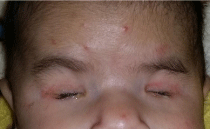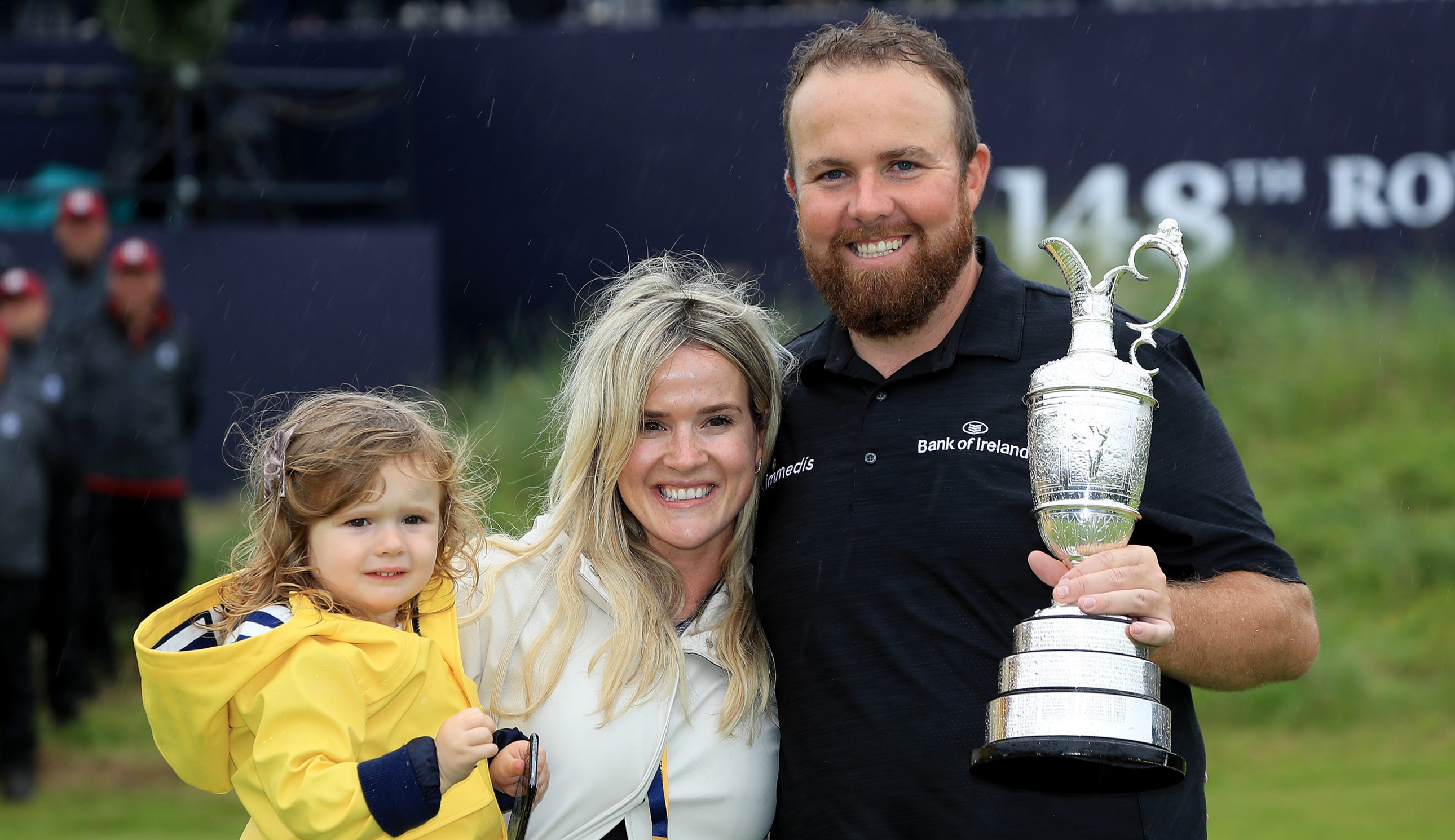Bilateral Anophthalmia: Medical Advances And Future Hope For Affected Children

Table of Contents
Bilateral anophthalmia is a condition characterized by the absence of both eyes at birth. Unlike anophthalmos, which refers to the absence of one eye, bilateral anophthalmia signifies the complete lack of eye development in both eye sockets. This absence can significantly impact a child's development, leading to challenges in spatial awareness, object recognition, and social interaction. The emotional toll on families is immense, requiring immense strength, resilience, and access to specialized support. However, significant advancements in medical research and treatment offer a brighter future, fueling hope for improved quality of life for individuals with bilateral anophthalmia.
Causes and Diagnosis of Bilateral Anophthalmia
The precise causes of bilateral anophthalmia remain complex and often involve a combination of genetic and environmental factors. Genetic mutations are frequently implicated, with several genes identified as potentially contributing to the condition. Some cases are linked to specific genetic syndromes, while others may arise from spontaneous genetic changes. Environmental factors during pregnancy, though less understood, may also play a role in disrupting normal eye development.
Diagnosing bilateral anophthalmia can begin prenatally through ultrasound scans during routine pregnancy check-ups. Postnatally, a thorough ophthalmological examination confirms the diagnosis. This usually involves a careful assessment of the eye sockets to determine the extent of eye development and rule out other conditions.
- Genetic testing and counseling: Genetic testing can help identify underlying genetic causes, offering valuable information for families planning future pregnancies. Genetic counseling provides support and guidance to families grappling with the diagnosis.
- Importance of early diagnosis: Early diagnosis enables timely intervention, maximizing the potential for successful treatment and developmental support.
- Role of ophthalmologists and geneticists: A multidisciplinary approach, involving both ophthalmologists and geneticists, is essential for comprehensive assessment and management.
- Differential diagnosis from other eye conditions: Careful differentiation from other eye conditions, such as microphthalmia (small eyes) or anophthalmos (absence of one eye), is vital for accurate diagnosis and appropriate treatment planning.
Current Treatment Options for Bilateral Anophthalmia
While restoring sight isn't currently possible with bilateral anophthalmia, various treatment options focus on improving cosmetic appearance, addressing the shape and volume of the eye sockets, and providing supportive care to enhance the child’s overall development and self-esteem.
- Custom-made ocular prosthetics (artificial eyes): These prosthetic eyes are carefully crafted to match the individual's features, enhancing cosmetic appearance and improving self-image.
- Orbital implants for better eye socket shape and volume: Orbital implants can help to shape the eye sockets, providing a more natural appearance and making prosthetic eye fitting easier.
- Surgical options for improving socket development: In some cases, surgical interventions may be necessary to improve the development of the eye sockets and facilitate the fitting of prosthetic eyes.
- Low vision aids and assistive technology: Adaptive technologies and assistive devices can support the child's development and independence.
- Social and emotional support for children and families: Providing comprehensive psychological support is critical for both the child and their family, enabling them to cope with the challenges associated with bilateral anophthalmia.
Innovative Medical Advances in Bilateral Anophthalmia Treatment
The field of bilateral anophthalmia treatment is constantly evolving. Promising research offers hope for future therapeutic advancements.
- Advances in gene therapy for specific genetic causes: Gene therapy holds the potential to correct genetic defects that contribute to the condition.
- Stem cell research to regenerate eye tissues: Stem cell research is exploring ways to regenerate eye tissues, potentially leading to new approaches for eye development.
- 3D-printed prosthetics for improved fit and aesthetics: 3D printing technology allows for the creation of highly customized, aesthetically pleasing prosthetic eyes.
- Development of more advanced sensory prostheses: Research is underway to develop sensory prostheses that might provide some level of visual input.
The Importance of Early Intervention and Supportive Care
Early intervention is critical for children with bilateral anophthalmia. It is crucial to maximize their developmental potential and build their confidence and self-esteem.
- Early intervention programs for visual rehabilitation: These programs focus on developing compensatory skills and adaptive strategies.
- Occupational therapy and physical therapy: These therapies help children develop fine motor skills and improve their overall physical functioning.
- Psychological counseling and support groups: Counseling provides essential emotional support for both children and families.
- Educational support and assistive technologies: Specialized educational support and assistive technologies can enable children to participate fully in their education.
Embracing Hope and the Future of Bilateral Anophthalmia Care
Significant advancements in prosthetic technology, ongoing genetic research, and the growing availability of supportive care provide a hopeful outlook for individuals with bilateral anophthalmia. Early intervention, coupled with continuous research efforts, is key to improving the lives of children affected by this condition. Learn more about the latest advances in bilateral anophthalmia treatment and find support resources today. Don't hesitate to reach out if you have questions regarding bilateral anophthalmia or want to contribute to research initiatives dedicated to finding better solutions.

Featured Posts
-
 Neal Mc Clellands Ill House U Featuring Andrea Love A Dance Track Review
May 11, 2025
Neal Mc Clellands Ill House U Featuring Andrea Love A Dance Track Review
May 11, 2025 -
 Afstemning Aben Dansk Melodi Grand Prix 2025
May 11, 2025
Afstemning Aben Dansk Melodi Grand Prix 2025
May 11, 2025 -
 Meeting Shane Lowry A Golfers Dream Come True
May 11, 2025
Meeting Shane Lowry A Golfers Dream Come True
May 11, 2025 -
 Analyzing 3 Mma Fights A Round Length Study 5 10 25 Minutes
May 11, 2025
Analyzing 3 Mma Fights A Round Length Study 5 10 25 Minutes
May 11, 2025 -
 Jose Aldo L Adaptateur Pour Continuer D Avancer
May 11, 2025
Jose Aldo L Adaptateur Pour Continuer D Avancer
May 11, 2025
